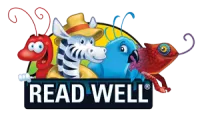What is Read Well?
Read Well® is a comprehensive research-based K–3 reading and language arts solution that helps students build the critical skills needed to be successful readers and learners. Through a flexible approach of whole-class instruction, differentiated small-group instruction, and individual student practice, teachers can meet students at their skill levels and adapt instruction accordingly.
Read Well Gives Students a Clear Path to Reading Comprehension, Mastery, and Academic Success
Unique instructional design with parallel scope and sequence
Multiple entry points for appropriate student placement with embedded assessments and progress monitoring
Unique sound sequence based on the most frequently used words
Focuses on explicit, systematic instruction in the “big five” of reading
Flexible pacing and grouping options based on individual student needs
Who Benefits from Read Well?
Read Well is a comprehensive reading program for students in grades K–3 that addresses the needs of all students—from low-performing to high-achieving. The program adjusts to the need of each student, allowing students to advance at their own pace. Teachers have continuous progress monitoring that enables them to differentiate instruction based on individual student need.

Evidence Based
Read Well is a research-based comprehensive K–3 reading and language arts solution that helps teachers effectively target students at all stages of development. This evidence-based approach builds critical skills students need to be successful readers and learners.
Proven Results
Efficacy studies demonstrate effectiveness across all student demographics.
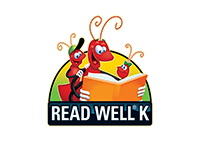
- Whole-class activities address different learning styles
- Focus on phonics and phonemic awareness with games, songs, stories, art projects, and handwriting activities
- Small-group instruction focuses on decoding, vocabulary, comprehension, and fluency
- Composition unit provides explicit instruction in the writing process, writing traits, handwriting, and read-aloud comprehension and vocabulary
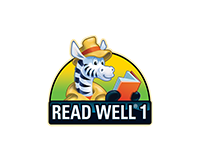
- Features individualized small-group instruction where students:
- Practice story reading
- Learn vocabulary
- Develop decoding strategies
- Improve comprehension
- Master test-taking strategies
- Increase fluency
- Composition unit provides explicit instruction in the writing process, writing traits, handwriting, and read-aloud comprehension and vocabulary
- Spelling and Writing Conventions unit incorporates complementary whole-class instruction
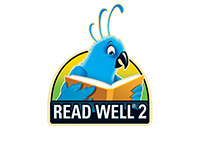
- Continues to build the foundational skills necessary to reading more sophisticated narrative and expository text selections
- Focus on low-frequency letter/sound associations, word parts, and multisyllabic word fluency
- Expansion of vocabulary, content knowledge, and comprehension skills
- Spelling and Writing Conventions unit incorporates complementary whole-class instruction
- Composition unit provides explicit instruction in the writing process, writing traits, handwriting, and read-aloud comprehension and vocabulary
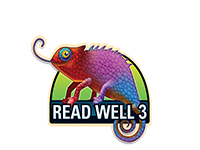
- Expands on Read Well K–2 model, teaching critical comprehension and encoding skills for deeper understanding of content-area text
- Provides modeling, collaboration, and independent practice to develop analytical and abstract thinking skills
- Embedded assessment and progress monitoring helps teachers provide targeted, effective instruction on an ongoing basis
Training and Support Services
We are committed to a long-term partnership with every district that implements our solutions. Districts can choose from a menu of training and support options including in-person, online, or a combination of both. Our Customer Success Managers can work with your district to craft a customized plan to meet your district’s specific needs.
